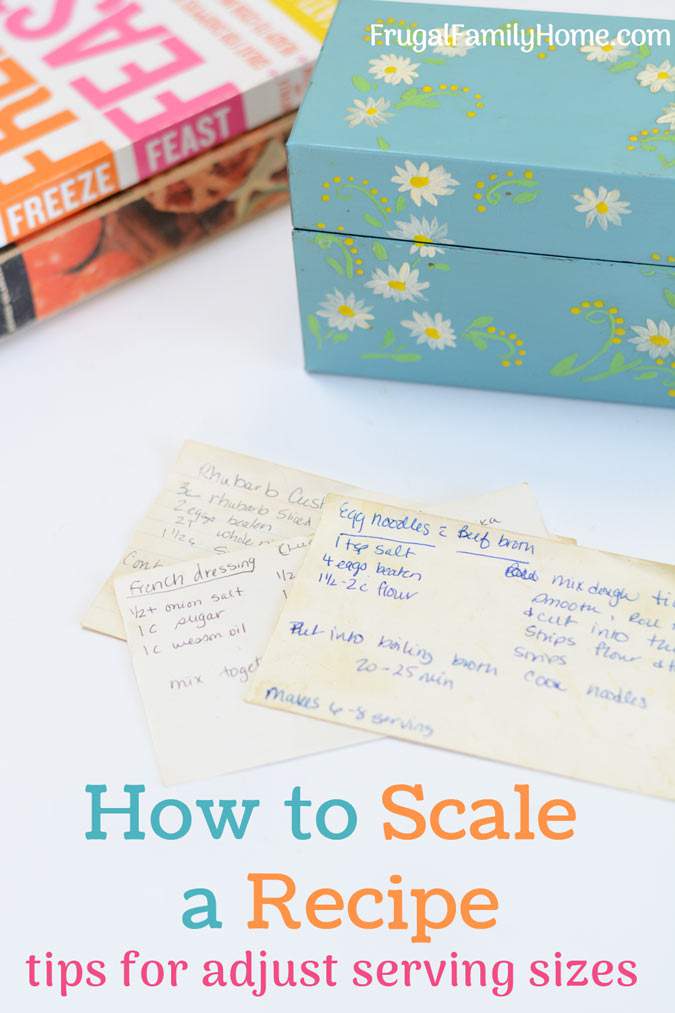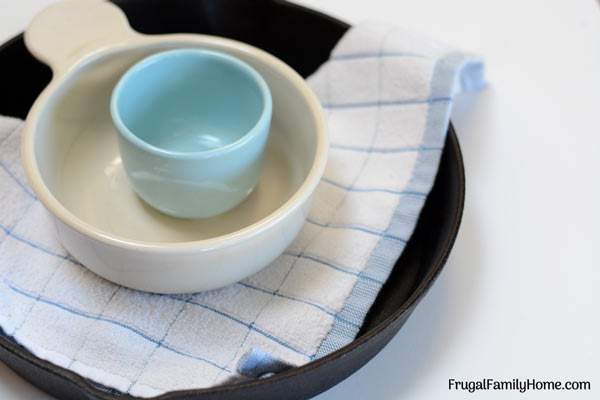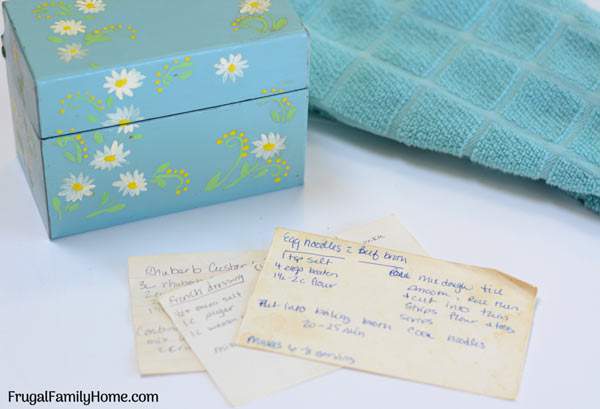How to Scale a Recipe to Adjust for Different Portions
If you have more or fewer people to feed than a recipe serves these tips will show you how to scale a recipe to the serving amounts you need.
You’ve got family coming over and your favorite beef stew recipe serves 4, but you’ve got 7 people coming. Or maybe it’s the opposite for you, you used to make recipes for 4 but now there is only two or one of you to feed.
What are you going to do?

One solution is to scale the recipe.
So you can serve more people or less, but it’s not always as straightforward as it seems. Here are some tips to make your recipe scaling a success.
How to Scale a Recipe, Find You Recipe Conversion Factor
The easiest approach to scaling a recipe is to multiply or divide the ingredients to the portion size you need and to do that, you need to calculate your recipe conversion factor.
For example, if you are going to make a pasta sauce that served 6, but you need it for 12, you can multiply all the ingredients by 2 and 2 is your conversion factor. Or if your recipe is for 4 and you only want two serving, you’d divide by 2.
The precise formula is:
number of servings you want ÷ number of servings in recipe = your magic number
Use your magic number and multiply to increase a recipe or use your magic number and divide to make a smaller amount.
Of course, you can run into problems with this if you need 1 3/8 tsp of basil and you don’t have a 3/8 measure.
In this case, use your judgment and simply round off the number to 1 ¼ teaspoons. It’s not likely to make a crucial difference.
Still, there are more problematic ingredients. What if you end up needing 3 ½ eggs?
That gets a little trickier. I usually opt for the smaller amount of 3 eggs and add a little more liquid if needed. In most recipes, this works out well.
Also keep in mind that some recipes don’t scale well, including baked goods. If you decide scaling is not a good idea, we’ve got some tips for you at the end of this article.

Some of the links below are my referral links. Which means as an Amazon Associate I earn from qualifying purchases and when you purchase through them I can make a little money at no extra cost to you. Thanks! See my disclosure policy for more information.
Things to Consider When Scaling a Recipe
There are a couple of things to consider including cooking time and your cooking dishes.
Cooking Time: If you’re preparing larger or smaller portions, it may alter your cooking time. Allow for more time if making a larger portion.
For smaller portion check the dish at least 10 minutes early to see if it’s done. You don’t want to overcook the dish.
If you’re cooking meat; make sure to use a meat thermometer to ensure the appropriate internal temperature is reached.
Cooking Dishes: If you’re making baked macaroni and you halve the recipe, try to find a dish that will keep the macaroni at the same depth as the original recipe.
For example, if the recipe called for a 13 x 9-inch pan, find a rectangular or square pan about half the size. Like an 8-inch square pan.
That will help ensure your cooking time will be roughly the same.
What to Do if the Recipe Doesn’t Scale Well
If you discover your recipe won’t do well with scaling, and the recipe is too large, go ahead and make the full recipe. You can portion and freeze any unused amounts.
Allow the food to cool completely before freezing. Also, remove any air from freezer bags and make sure that your freezer-safe containers are nearly full, so there isn’t any extra air.
And finally, don’t forget to date and label what you’ve got, so you can come back to it later. I also like to add it to my freezer inventory sheet.
If the recipe is too small, but won’t scale well, cook it in batches. That way, you can ensure you’ve made the recipe according to the specifications, but still get the portion you need.

Those are my tips for how to scale a recipe. Start with your conversion number then adjust for cooking time and the cooking dish. With those three things, you should be able to scale most recipes up or down successfully.
Do you have any extra tips to add to how to scale a recipe? I would love to have you share them in the comments below.
More Cooking Tips
How to Keep Ginger from Going Bad
How to Quickly Core a Pepper
How to Make Minced Garlic Cubes

